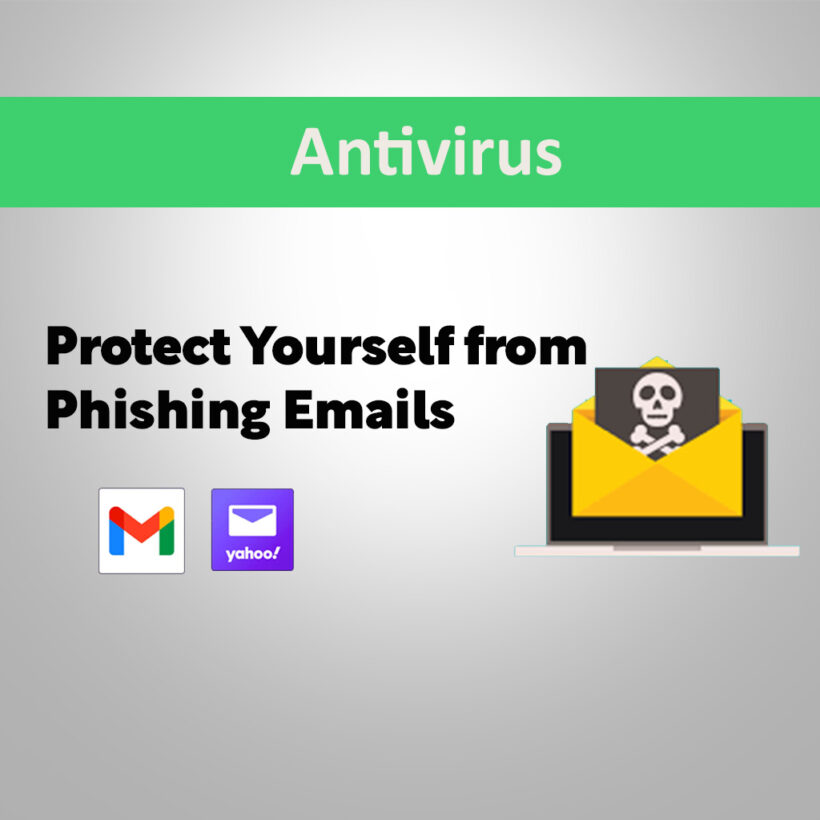Block 99% of phishing scams targeting Gmail, Outlook & iPhone in 2025. Learn AI-powered defenses, advanced settings, and tools that work now.
Phishing Emails:
A specific type of scam email aimed at obtaining sensitive information, like usernames, passwords, and credit card details, by pretending to be a trustworthy entity.
1. How to Recognize Spam, Scam, and Phishing Emails
Domain Mismatch: service@paypai.com (not paypal.com)
Hover Links: Reveals real URL (e.g., http://bit.ly/fake-login → hack.ru)
Requests for Personal Information: Asking for confidential details like usernames, passwords or any financial information.
2. Platform-Specific Blocking Guide (2025 Updates)
- GMAIL:
- Enable “AI Phishing Shield” (NEW 2025):
- Settings → Security → Enable “Advanced AI Threat Detection”
- Block QR Code Scams:
- Settings → General → Disable “Auto-Scan QR Codes in Emails”
- Enable “AI Phishing Shield” (NEW 2025):
- OUTLOOKS
- Activate “Deepfake Scanner”:
- Options → Trust Center → Turn on “Media Content Analysis”
- Create Custom Rules:
- Block emails with “=” in subject (common in spam).
- Activate “Deepfake Scanner”:
3. Advanced 2025 Defense Tools
Install These IMMEDIATELY:
| Tool | Type | Why You Need It | Price? |
| Norton 360 | Antivirus | Blocks QR code phishing sites | ($49/yr) |
| Aura | Identity Theft | Alerts for bank/SSN leaks from phishing | ($12/mo) |
| AI Sentinal | Email-Filter | Detect AI generated scam language | Free |
4. What to Do If You Clicked a Phishing Link
- Disconnect Internet (Wi-Fi & cellular).
- Run Offline Malware Scan: Use Malwarebytes offline mode.
- Freeze Credit: Contact Experian/Equifax.
- Enable MFA everywhere (use hardware keys like YubiKey).
5. Protect Email from Users
When you can, substitute contact forms for posting your email address on personal or business websites. If a contact form is not feasible or you need to put your email address up somewhere for whatever reason, attempt to make it as hard as you can for spiders and bots to read. Rather than typing my@email.com, type my (at) email (dot) com. You won’t deceive all bots, but it’s better than nothing.
Also, you might consider reviewing your email security settings and searching for methods to enhance the privacy of your email address. Security steps such as encrypting emails, implementing strong email passwords, and two-factor authentication will secure your inbox. Also, you might consider reviewing which third-party apps have access to your inbox and checking which devices have access to your inbox to prevent hacking attempts.
If you use Apple devices specifically, you can benefit from Hide My Email as well. This special feature allows you to generate random email addresses for some apps and sites so that your main email address is never disclosed. You can simply activate this feature by going to iPhone Settings → iCloud → Hide My Email.


